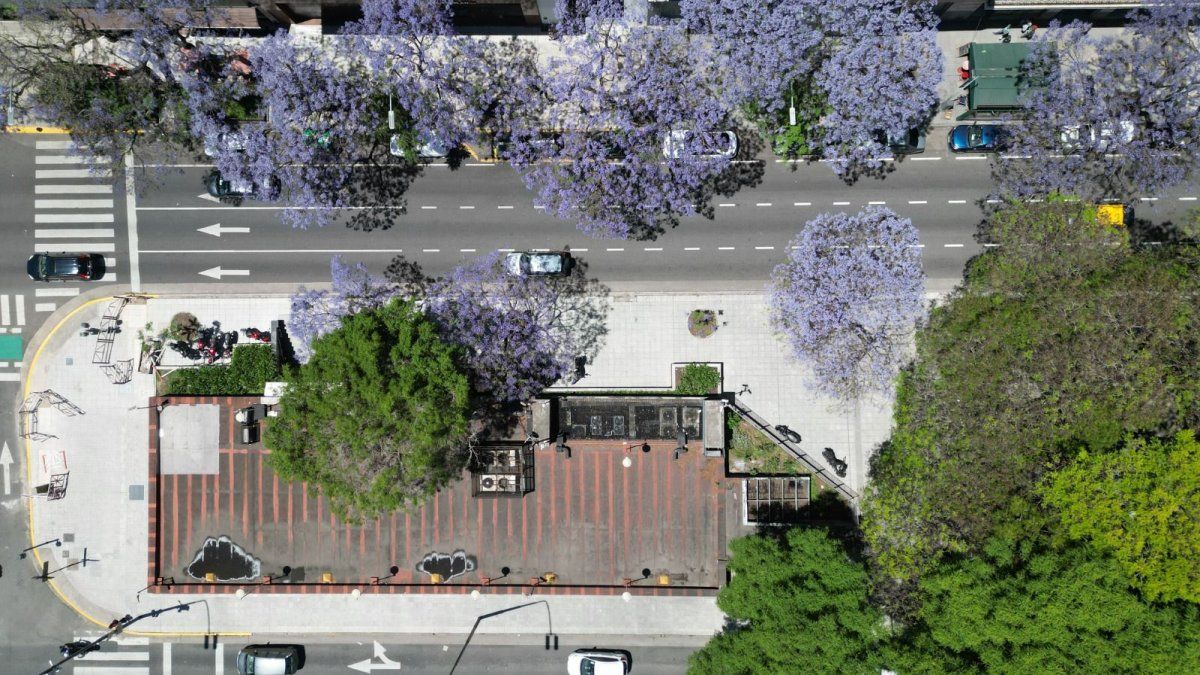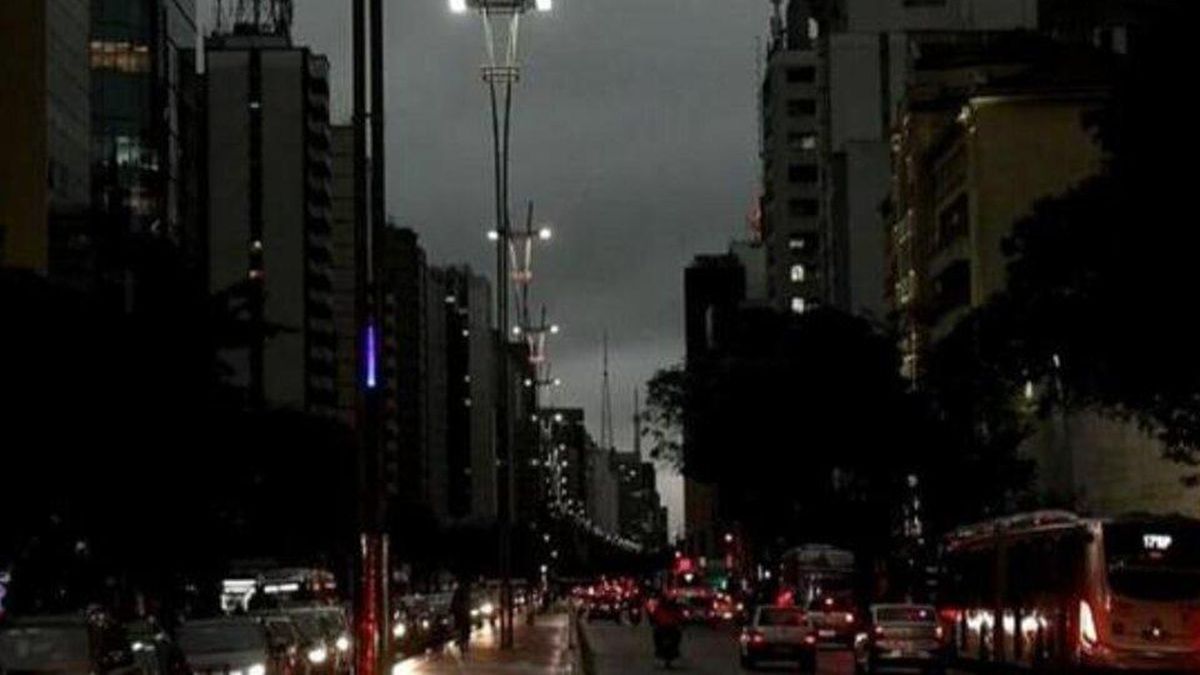During the month of November, it is tradition that the streets of the City of Buenos Aires is filled with color. The transition between spring and summer forges different types of blooms in Buenos Aires neighborhoods, although there is one that always catches everyone’s attention: the jacarandas.
It is that with the beginning of the eleventh month of the year, the trees whose color is violet blue They begin to bloom and decorate the streets and parks of the City. In addition, the girls will have their turn at the end of the same period, with their characteristic yellow.
Ignacio BaistrocchiMinister of Public Space and Urban Hygiene, expressed: ”Trees are one of the richest treasures that cities have. In the case of Buenos Aires, Urban public trees are part of the natural and cultural heritage. For us, taking care of it and preserving it is a state policy. This year, in addition, we are adding many new specimens in the tree plan that advances without pause and in a sustained manner.”
Jacarandas in the City: where they are found
According to what was revealed by the most recent tree census, In the City of Buenos Aires there are 18,922 jacarandas (13,872 in sidewalks and 5,050 in green spaces). The greatest concentration occurs on the avenues Callao, Of the Liberator, Cordova, Currents, Saint Juan and in the street Pierina Dealessi.
jacarandas bs as.jpeg
The jacaranda has a characteristic violet blue that gives a great color contrast to the streets of Buenos Aires.
In addition, they detailed that this type of tree will be the most planted this year, within the framework of the Tree Plan. According to it, at the end of 2024 the City will add 3,704 jacarandas to its streets and parkswhich represents 20% of the total to be planted by the Buenos Aires government during the year. Specifically, communes 9, 12, 4 and 10 will be the communes where the largest number of jacarandas will be incorporated this year, with 380 specimens, 372, 371 and 322 respectively. While in commune 1, the jacarandas to be planted represent 31% of all the trees that will be incorporated in that commune.
At the end of the month, the City turns yellow
On the other hand, At the end of November the Tipuana tipu, or simply the tipa, will bloomwhich offers one of the most beautiful natural spectacles that the City of Buenos Aires offers. It is the seventh most common species of Buenos Aires urban trees and has 14,847 specimens, of which 9,330 populate the sidewalks, and 5,517 in Buenos Aires green spaces.
They can be seen better on the avenues Elcano, Dorrego, Brazil, Amancio Alcorta, Melian and Figueroa Alcorta. Furthermore, the avenue Valentin Alsinain the heart of Third of February Parkhas one of the best lineups of types in the entire City; and Pedro Goyena It is the one with the greatest concentration, with 132 specimens along 18 blocks.
Like the jacaranda, the tipa is a tree that was introduced to the City by Carlos Thayswho is not a native of this area of the country but from northern Argentina. Its flowers are bright yellow with orange tints and sprout in groups. Its flowering lasts about three weeks, and is brief compared to that of the jacaranda, which lasts about four weeks.
There is a time of year when a phenomenon called “the cry of the tips” occurs, which is not actually the cry of the tree but is the product of a bug called the Foam Chicharrita; which lives in the foliage and sucks the sap, passes through the digestive tract and forms a foam that, when excreted, falls in the form of droplets that do not imply any type of toxicity.
The Tree Plan
The planting of jacarandas and tipas occurs within the framework of the Tree Plan drawn up by the Undersecretary of Community Management, dependent on the Ministry of Public Space and Urban Hygiene of the City of Buenos Aires, which will plant 18,074 new trees in 2024. Of the total, 15,000 were planned in the Tree Master Plan and 3,074 were added to mitigate the impact of falling trees during the December 2023 storm.
In the recomposition of the green spaces, 30 different species of trees are used, respecting those that previously existed and according to the type of landscape originally designed.
Some of the species that are being planted are: golden ash, crape, photinia, viscote, cow’s foot or ox’s hoof, anacahuita, missionary cedar, pink lapacho, flower plum, jacaranda, liquidambar, tulipanero, plantain, linden, ibirapitá or cane fistula, tipa, American ash, silver maple, among others.
The plantings began in May and are carried out both in the Buenos Aires green spaces of all the communes and in planters located on public roads. To develop this plan, 7,500 new plants were added and 6,131 empty plants were surveyed and, in addition, 4,443 specimens were added to green spaces.
Source: Ambito
I am an author and journalist who has worked in the entertainment industry for over a decade. I currently work as a news editor at a major news website, and my focus is on covering the latest trends in entertainment. I also write occasional pieces for other outlets, and have authored two books about the entertainment industry.




